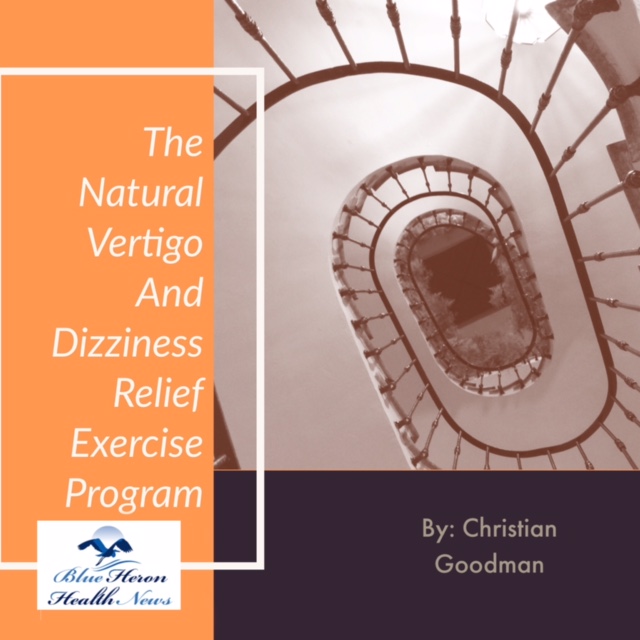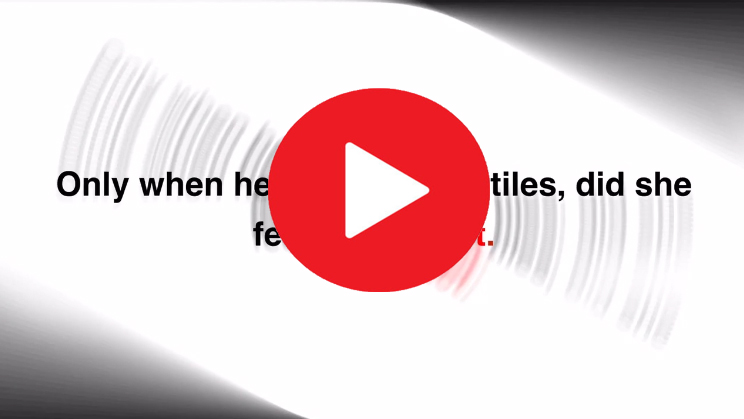
The Vertigo And Dizziness Program™ By Christian Goodman Vertigo and Dizziness Program is a designed to help stop vertigo and dizziness once and for all. Medical practitioner don’t know the exact cure for this condition but this program will show you exactly what you need to make this painful condition a thing of the past. This program has recommended a set of simple head exercises that help cure this condition.
Stroke and vertigo
Vertigo can be a symptom of a stroke, especially when the stroke affects parts of the brain involved in balance and spatial orientation. It is important to differentiate between vertigo caused by more benign conditions (like BPPV) and vertigo related to a stroke, as stroke-related vertigo is often accompanied by other serious symptoms.
How Stroke Causes Vertigo:
A stroke occurs when the blood supply to the brain is disrupted, either by a blood clot (ischemic stroke) or bleeding in the brain (hemorrhagic stroke). When a stroke affects the brainstem or the cerebellum, which play key roles in balance and coordination, it can lead to vertigo.
Key Characteristics of Stroke-Related Vertigo:
- Sudden Onset: Vertigo from a stroke often starts suddenly and can be intense.
- Prolonged Duration: Unlike the brief episodes of vertigo seen in conditions like BPPV, stroke-related vertigo tends to last longer.
- Accompanying Symptoms: In stroke, vertigo is usually accompanied by other neurological symptoms, such as:
- Double vision or visual disturbances
- Weakness or numbness in the face, arms, or legs (often on one side of the body)
- Difficulty speaking or understanding speech
- Difficulty walking, coordination problems, or imbalance
- Difficulty swallowing
- Sudden severe headache
- Loss of consciousness in severe cases
Types of Stroke That Can Cause Vertigo:
- Posterior Circulation Stroke: This type of stroke affects the back part of the brain, which includes the cerebellum and brainstem, areas responsible for balance and coordination. Vertigo is a common symptom.
- Cerebellar Stroke: A stroke in the cerebellum, which controls balance, can cause severe vertigo, nausea, vomiting, and difficulty walking.
- Brainstem Stroke: The brainstem connects the brain to the spinal cord and controls vital functions like balance, eye movements, and coordination. A stroke in the brainstem can cause vertigo, dizziness, and other severe symptoms.
Diagnosis and Treatment:
- Diagnosis: A combination of neurological examinations, imaging tests (such as MRI or CT scans), and evaluating other stroke symptoms helps confirm if vertigo is stroke-related.
- Immediate Medical Attention: Since stroke is a medical emergency, prompt treatment is critical. Treatments may include clot-dissolving drugs for ischemic strokes or surgical intervention for hemorrhagic strokes.
- Rehabilitation: After the acute treatment, physical therapy and vestibular rehabilitation may help improve balance and reduce vertigo over time.
If vertigo occurs with any of the above stroke symptoms, immediate medical attention is essential to prevent lasting damage.

The Vertigo And Dizziness Program™ By Christian Goodman Vertigo and Dizziness Program is a designed to help stop vertigo and dizziness once and for all. Medical practitioner don’t know the exact cure for this condition but this program will show you exactly what you need to make this painful condition a thing of the past. This program has recommended a set of simple head exercises that help cure this condition.